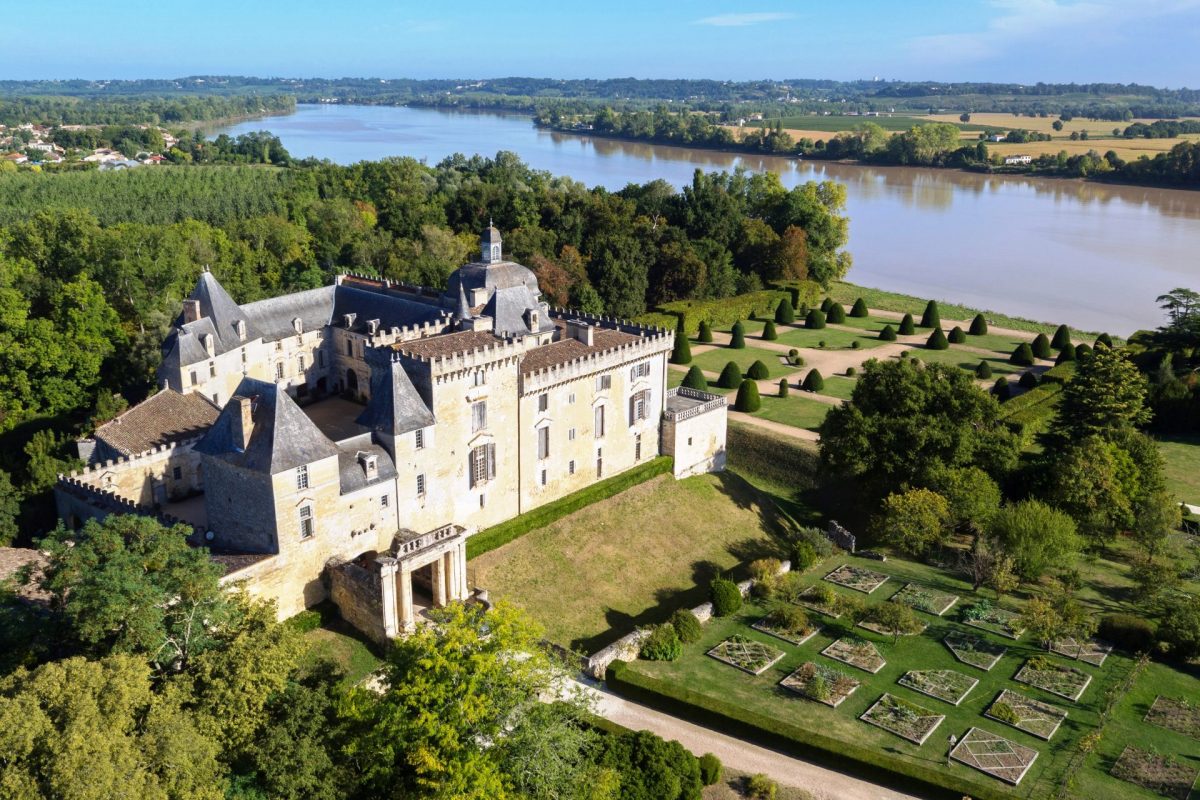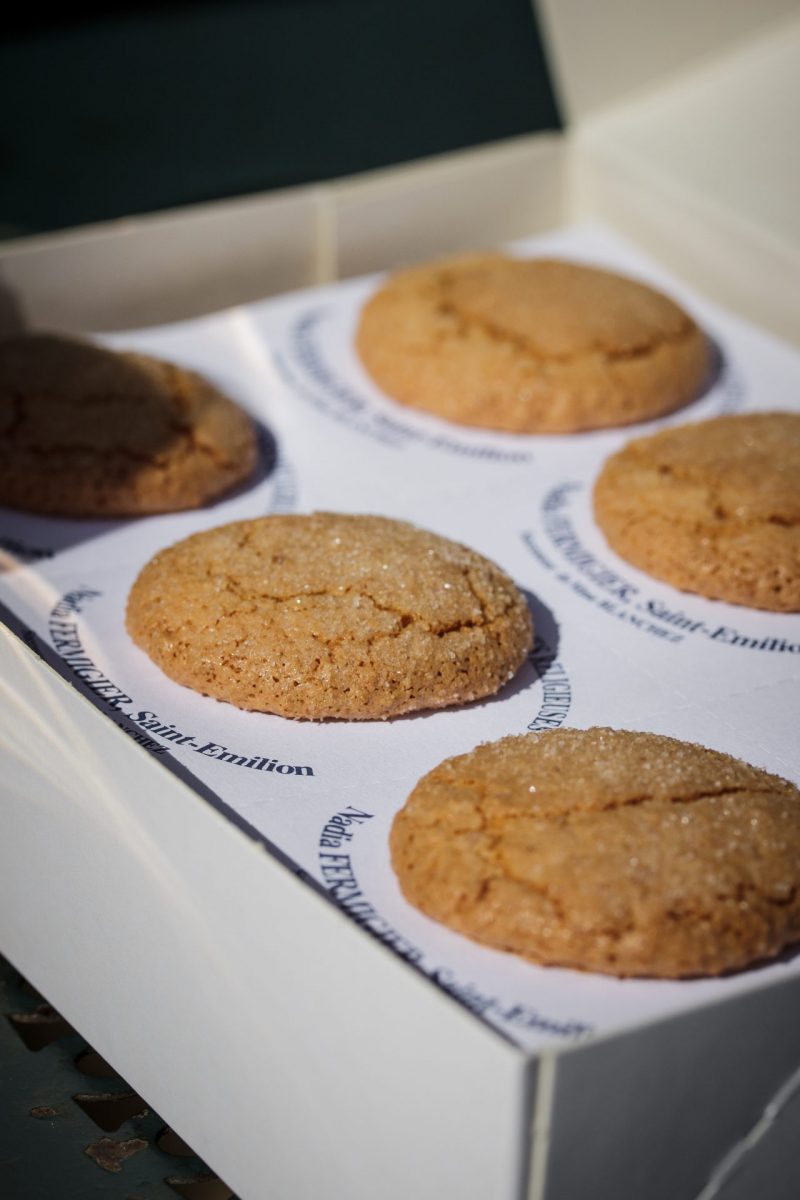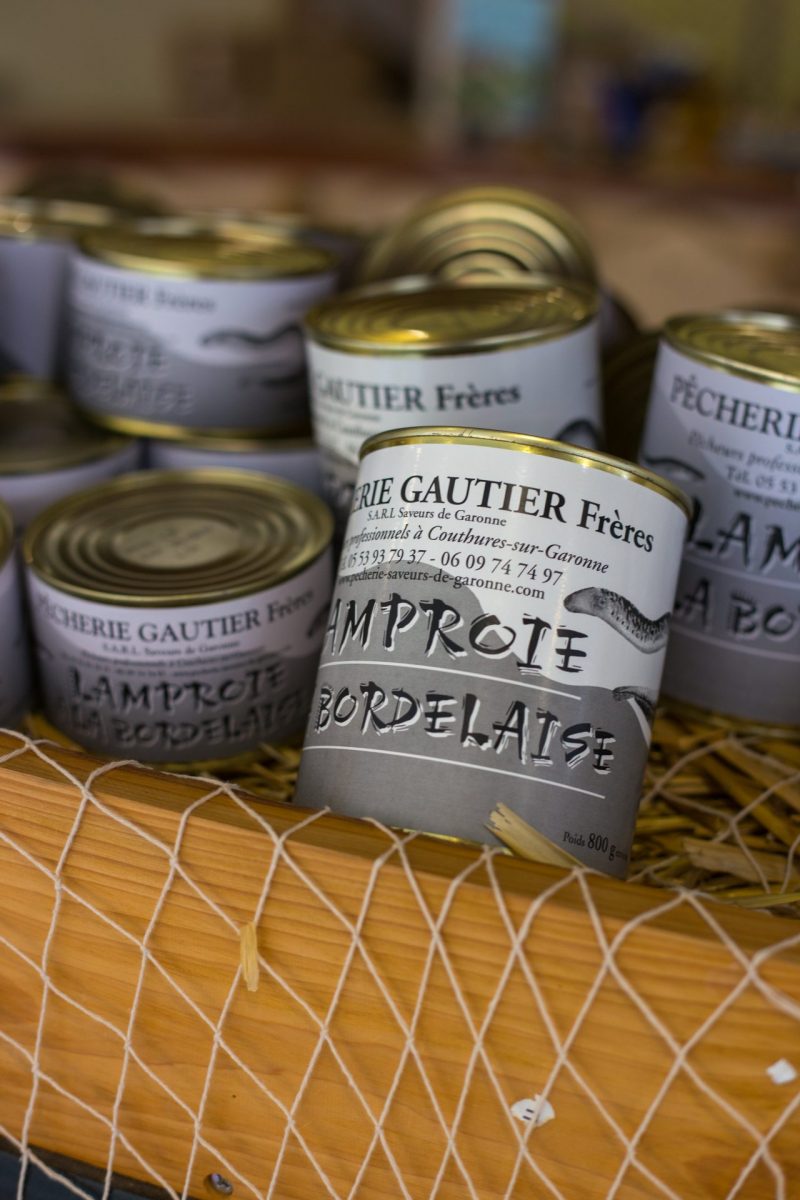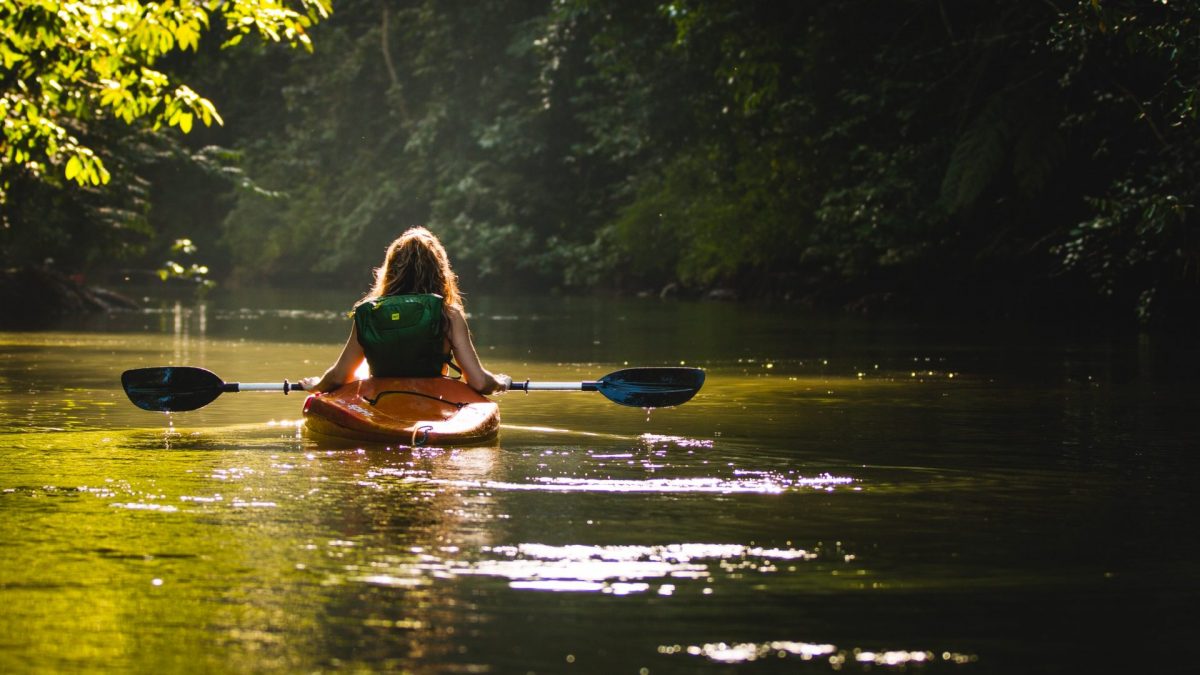Go to the right bank of the Dordogne to discover a hilly area, with thousand-year-old vineyards renowned worldwide. Immerse yourself in the mythical adventure of Saint-Émilion, listed as a UNESCO World Heritage Site, discover the historic bastide town of Libourne, sail on the Dordogne River to discover a remarkable natural and built heritage.
Not to be missed
The Jurisdiction of Saint-Émilion, the first UNESCO vineyard
- Listed as a World Heritage Site in 1999 for its cultural landscapes, the Jurisdiction of Saint-Émilion is an outstanding example of a wine-growing and historic landscape that has survived intact and in use to the present day; it illustrates in an exceptional way the intensive culture of the vine, in a delimited zone of 8 communes.
- The medieval city of Saint-Émilion
According to legend, Saint-Émilion was founded by a monk who found refuge in a cave in the 45th century (the Hermitage cave); it was called Emilion. Listed as a UNESCO World Heritage Site, this picturesque medieval village is only XNUMX minutes from Bordeaux. You will appreciate the riches of the city, including the astonishing monolithic church, the largest in Europe. Or the cloister of the Cordeliers, a vestige classified as a Historic Monument and listed as a UNESCO heritage site. At the back, the monastery garden where vegetables and medicinal plants have now been replaced by a relaxation area invites you to taste a glass of crémant accompanied by macaroons.
- The English bastide of Libourne
Located at the confluence of the Isle and the Dordogne at the bottom of the Gironde Estuary, here is Libourne, a royal bastide, founded in 1270 by Roger de Leyburn, at the instigation of King Henry II of England.
Libourne is also its square square lined with arcades and covered spaces, its 600th century town hall, the Porte du Grand Port and the recently refurbished quays. A city of character full of life to visit on a market day (Tuesday, Friday or Sunday) popular for XNUMX years!
- The Dordogne River, Biosphere Reserve labeled by UNESCO
The Dordogne basin is the largest biosphere reserve in France (24000 km²): since 2012, it has been included in the UNESCO World Network of Biosphere Reserves.
Cruises-walks are offered there to discover, to the rhythm of the water, the fauna and flora of the Dordogne, while appreciating the architectural heritage and the wine-growing landscapes.
- The Moulin de Porchères
Built in 1850, on the Isle River, the Porcheres mill is a magnificent freestone building that transformed wheat into flour using the hydraulic power of the river. Listed as a historical monument, it is one of the last mills to have kept all its machinery intact. Tours are offered from April to October. Since 2019, you can practice a most unusual activity there, the waterbike or water bike, for a gentle discovery.
- Gaiters
Perched on a rock overlooking the valley of the Isle, the abbey church of Guîtres is one of the largest in Gironde. It bears witness to Romanesque purity, and is distinguished by its astonishing dimensions and its XNUMXth century framework, in the shape of an upside-down boat hull.
In the heart of the Double Saintongeaise forest, follow the historic railway line, from Guîtres station to Lapouyade… cyclerail. On this small railway platform where you pedal with family and friends, giggles are not uncommon.
- Vayres Castle
Former property of King Henry IV, the Castle of Vayres is an astonishing site, both for its architecture, of feudal origin with a square dungeon then in the Renaissance style, which it took on in the XNUMXth century, and for its French-style garden and medieval garden overlooking the Dordogne. Accessible from April to October, it is a delight for families with the many activities on offer, between puzzle trails and swashbuckling events.

- The village of Castillon-la-Bataille
In the Middle Ages, Castillon was an impressive fortified city made up of ramparts which protected a fortified castle and a trading town. In 1453, the famous battle which gave its name to the city marked the end of the Hundred Years War, with the victory of the French against the English. Each summer, this warrior epic of English Aquitaine is reborn in the open air, with the help of 400 volunteers and 40 riders, during a spectacular sound and light show.
- The Bastides
Besides that of Libourne, it is in the Foyen country, at the gates of Bergerac and Périgord, that we find a great diversity of bastides, with that of Sainte-Foy-La-Grande, Pellegrue and Monségur, as well as in the 'Entre-deux-Mers region neighbor. This architecture of Gallo-Roman inspiration with a checkerboard plan and central square is typical of the end of the XNUMXth century.
- The vineyard landscapes from Saint-Emilion, Pomerol, Fronsac
Here we count 22 designations! To discover this wine region, the possibilities are varied: by bike, Loop of the Premiers Crus Classés of 15 km winds between the vines of prestigious wine properties of Saint-Émilion: Château Ausone, Cheval Blanc, La Dominique... you will not know where to turn!
Effortlessly, the Great Vineyards Train, will take you on a journey.
Hair in the wind variant, the Wine Bike Tour offers guided tours by electric mehari or sidecar.
Finally, the Saint-Emilion TukTuk tour allows you to explore, on board an electric TukTuk, the village, the vineyard, while enjoying a tasting stop in a castle of Saint-Émilion.
Don't leave without tasting...
- Wine salt, an atypical speciality, born by accident
The history of wine salt dates back to the beginning of the XNUMXth century, in Gironde, near Libourne, when wine and salt were transported together by boat. One stormy day, barrels break and the wine flows onto the stored salt. Unsaleable as it was, it was offered to the wife of a wine merchant who, amused by its purple color, mixed it with spices and sprinkled it on her dishes. It accompanies, for example, red meat, grilled fish or vegetables.

- Saint-Émilion macaroon
It is THE gourmet specialty of Saint-Émilion, passed down from generation to generation. A small round and tasty cake made by hand with only three ingredients: real sweet and bitter almonds, fresh egg white and sugar. If the Saint-Émilion macaroon is celebrating its 400th anniversary this year, it is because the recipe is the same as that invented by the Ursuline Sisters in 1620, when they established their convent in the city.

- Bordeaux lamprey
An emblematic dish of Bordeaux cuisine. A prehistoric animal 450 million years old, the lamprey is one of the strangest fish, without scales, jaws or spine. It can measure up to a meter long! The Bordeaux Lamprey recipe takes quite a long time to prepare; We prefer to taste it in local restaurants, or buy it ready-made, in artisanal preserves.
The charming fishing village of Sainte-Terre has been the lamprey capital since 1990. Every year, at the end of April, the Lamprey Festival is celebrated there. For a nature outing, the Lamprey Garden allows children to see lampreys in an aquarium and a documentary film.
The shopping moment
- Organic soaps and cosmetics with mare's milk
The milk from the farm of Caroline Hospital – Lait trait de Caro is devoted to the production of artisanal soaps certified Nature and Progress, and of a cosmetic range which falls within the specifications of organic cosmetics.
- A book on the region, found at the Village du Livre
Just for the pleasure of getting lost in this veritable library of the imagination, the Sablons Book Village offers an astonishing journey through time, art and culture in an architectural complex steeped in 5 centuries of history. A former mill, it is now a 5000 m² cabinet of curiosities, where you can easily unearth a unique souvenir.
On the way ...
…rivers. Between the Dordogne, Isle and Dronne, there is plenty to do.
For an active holiday, opt for canoe trips. Want something unusual? We recommend the waterbike, a bike on the water, just that. And for board sports enthusiasts, come surf the tidal bore ! The biggest spot in September is in Vayres, at the Port of Saint-Pardon.
In idleness mode, you will opt for the commented cruises to discover the heritage of Libourne. And for the epicureans that you are, we recommend the aperitif cruises with tasting of Pomerol and Saint-Émilion wines.
Finally, if the idea of walking along the water appeals to you, you will find “the shoe for you” here. At the confluence of the two rivers, the large bastide town of Libourne opens up a new walk along the recently converted quays, in the shadow of the Porte du Grand Port.

The crush ❤ of the editorial team
How about taking a little height? Whether you opt for an overflight in a light aircraft, or a hot-air balloon ride, you will discover unique views of the vineyards, the castles, the forests, the valleys of the Isle and the Dordogne... The panorama is breathtaking! There is a precious moment, every year just after the harvest, the 3rd weekend of October, when about fifteen hot air balloons take off above the medieval city. Montgolfiades of Saint-Émilion will delight young and old alike, with their feet on the ground or their heads in the clouds.
Our good addresses
To sleep
- The Mulato House : 19th century mansion in the heart of the bastide town of Libourne.
- Fage, the House of Vines : 4-star hotel and restaurant in the Libourne vineyards.
- The Clos Bernon : guest rooms in a bucolic green setting, Condat district in Libourne (Gîte de France).
To eat
- Moon Restaurant : gourmet and contemporary cuisine in a “country house” spirit.
- Authentic Zinc : wine bar and epicurean restaurant-bistro with concert evenings.
- The Maritime Bistro : family brasserie on the edge of the confluence with terrace overlooking the Dordogne.

